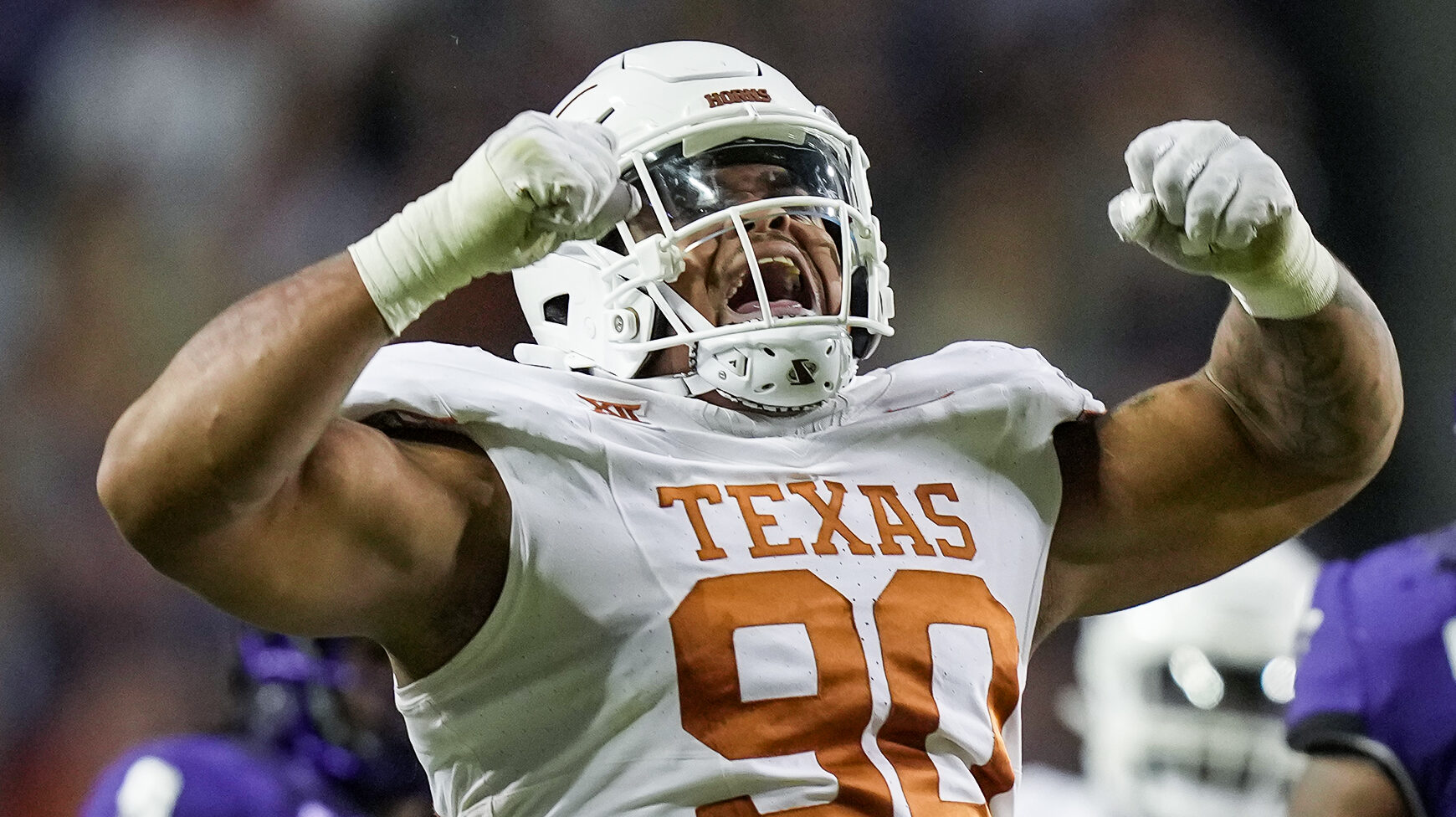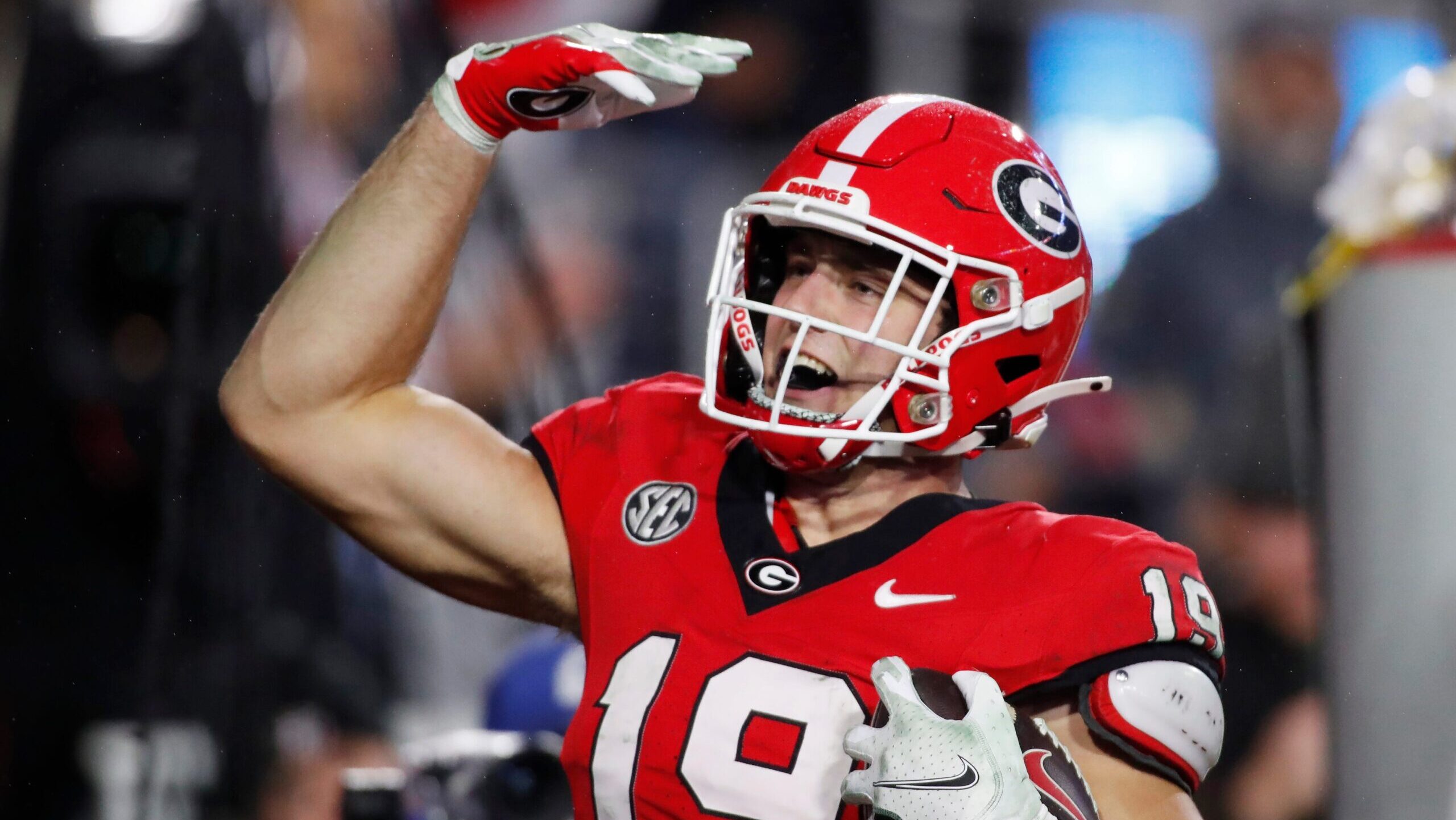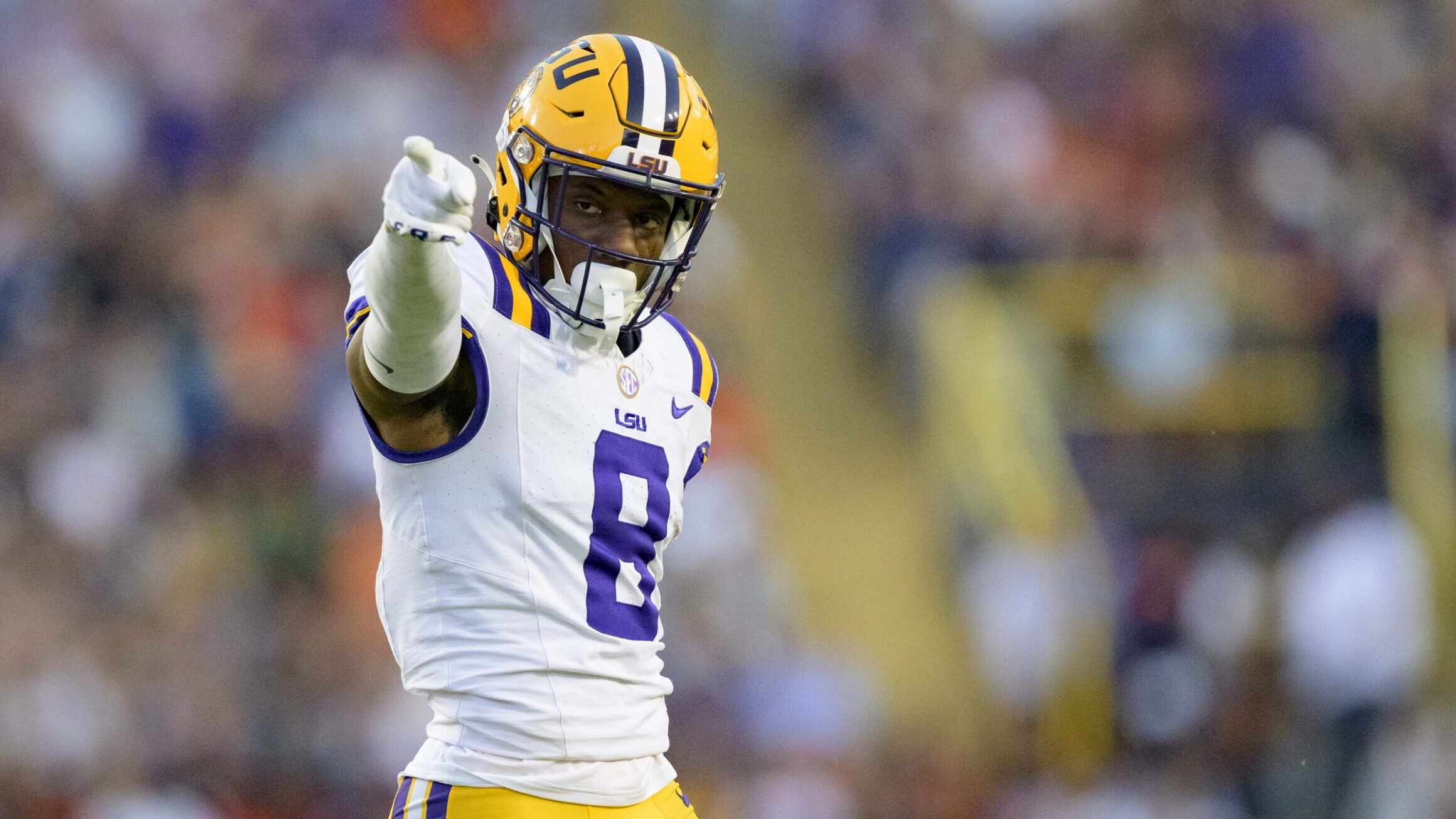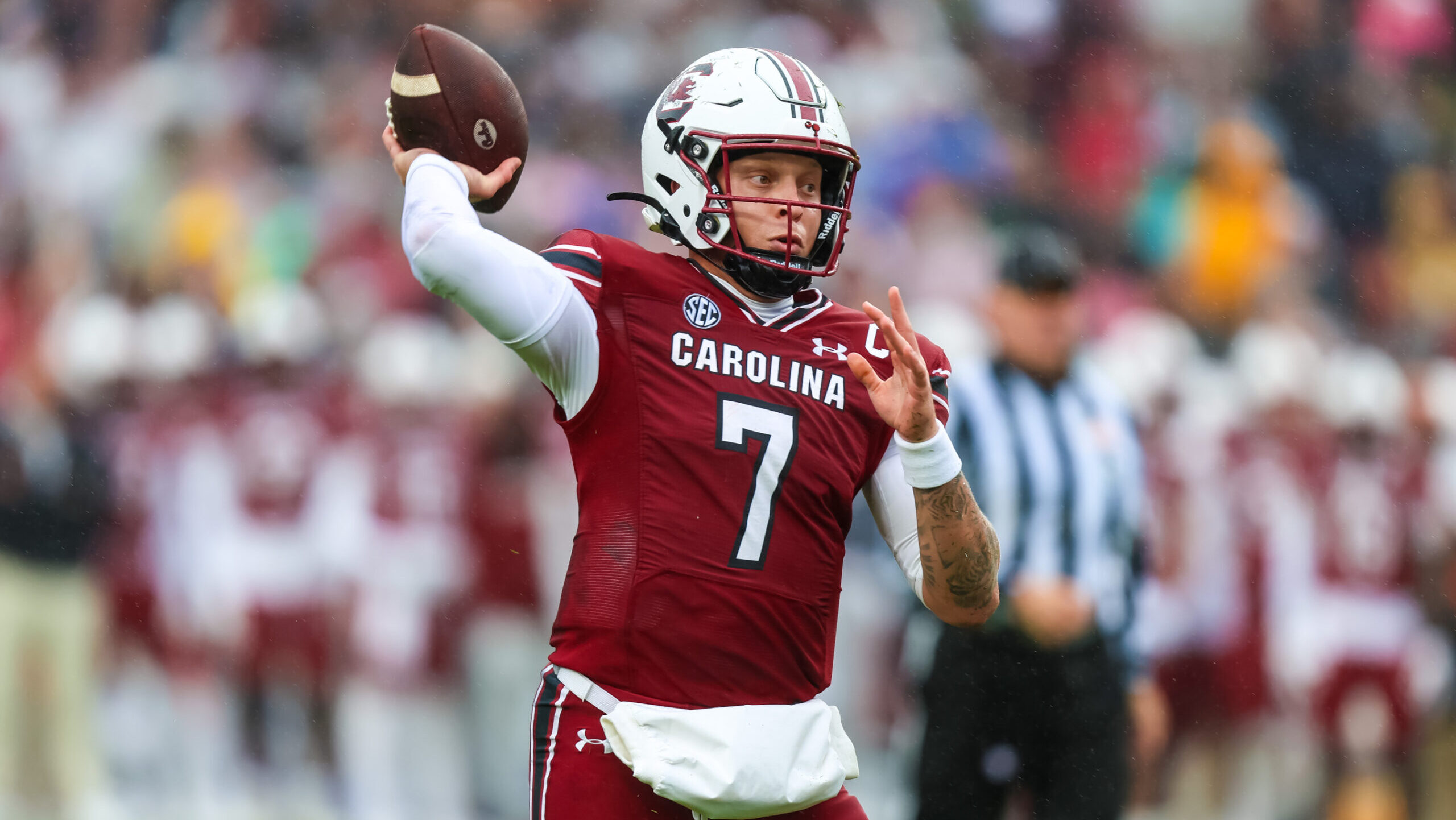Analysis
2/21/23
9 min read
How Teams Use Scouting Combine to Evaluate NFL Draft Prospects
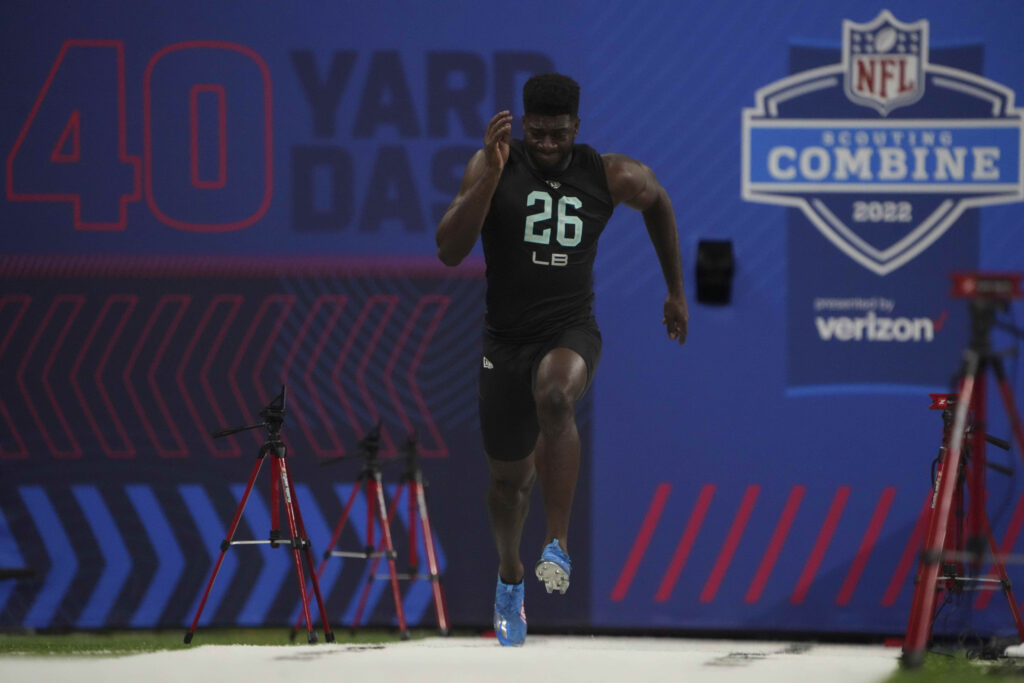
The following is the second of a two-part series on the NFL Scouting Combine. Part 2 covers how and why the work done at the combine is used and how clubs prepare for this important event. Part 1 covered the history of the NFL Scouting Combine.
>> Full List of 2023 NFL Combine Participants
From the public's point of view, there are three separate events under the heading of "combine." The first is a TV show and marketing/media event staged by the league office and NFL Network. That is what you see and hear.
The second is a convention and trade show in hotels and facilities adjacent to Lucas Oil Stadium in Indianapolis. Groups ranging from the NFL Competition Committee to the NFL Physicians Society to the NFL Players Association and their affiliated player agents meet. Naturally, this collection of football heavyweights draws an army of media. They occupy an entire concourse and meeting space at Lucas Oil Stadium.
The third is the actual timing, testing, and working out of aspiring NFL players. All team executives, many head coaches and coordinators, and virtually all scouting staffs are in attendance. Position coaches come and go with their respective player groups.
The entire event stretches seven calendar days. It has an economic effect on Indianapolis as large as any of the many events it hosts throughout the year.
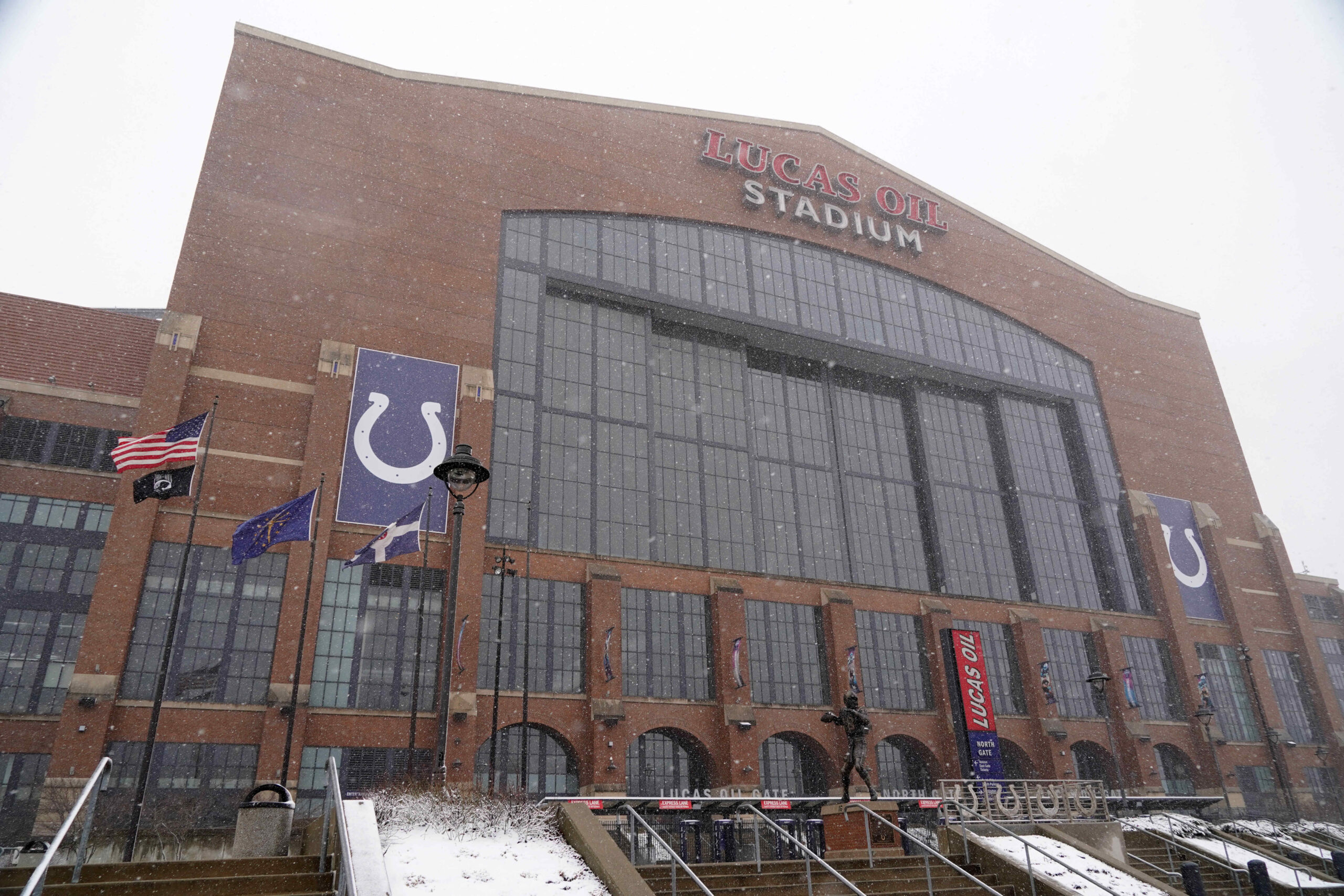
Indy Was Built for the Combine
To brag a little on my former home, it's the ideal locale for the combine. Lucas Oil Stadium’s “back-of-house space” was specifically constructed with events like the combine and national political nominating conventions in mind. Virtually all of the general medical examinations, including X-rays, are done in the stadium.
If specialized tests are necessary, Indiana University Medical Center is only blocks away. The players are housed in a hotel across the street from the stadium. If the weather is inclement, as it can be in the Midwest this time of year, there is no need to venture outside. All of the hotels, the convention center, and the stadium are connected by covered indoor and outdoor walkways.
Indianapolis admittedly does not have the glitz of Los Angeles or Dallas, but that is not what the combine is about. What the football people and players are there for are the evaluation and testing of NFL prospects. No glitz is necessary.
For a general manager like myself, the week was a seven-day marathon. Despite living in the Indianapolis area, our staff would stay in a downtown hotel. Our days stretched from 7 a.m. until 11 p.m. I split my time early in the week between Competition Committee meetings (which ran from 9 a.m. to 6 p.m.), agent meetings about our top free agents, and strategy sessions with our pro staff and head coach on approaching free agency. Once the players arrived, we turned all our attention to them.
The players in attendance are nominated by the 32 NFL teams' personnel staffs. A committee of respected general managers then adds the names of likely underclassmen entrants.
The combine is organized by position groups that arrive and depart at staggered times during the week. As an example, defensive linemen and linebackers arrive on Monday for orientation. They spend Tuesday taking medical exams and doing interviews with the 32 clubs. Wednesday is devoted to orthopedic physicals and media obligations. Thursday is when they work out in the stadium, and on Friday they bench press and depart Indianapolis.
Each of the other position groups – running backs, quarterbacks, wide receivers, tight ends, offensive linemen, defensive backs, kickers and punters – follow suit on successive days. The final on-field work ends the combine on Sunday.
This year, for television purposes, the on-field workouts have been moved to the late afternoon and evening. On Thursday and Friday, the on-field work begins at 3 p.m. On Saturday and Sunday, it starts at 1 p.m. In previous years, on-field work began at 8 a.m. and concluded at about 3 p.m. This gave everyone a three-hour break before the evening interviews with teams. This new schedule will require major adjustments by the clubs.
>> READ: 2023 Combine Schedule, Dates, Times
The interviews are an important part of the combine process and are governed by strict rules. Each club has a small meeting room allotted to them at the players’ hotel. Each team is allowed to name 45 players from the roughly 325 invited it wishes to interview during the combine.
The combine's staff performs the herculean task of scheduling these sessions, which are limited to 20 minutes each and strictly monitored. An air horn bellows to begin and end each session. In previous years, three hours each night were set aside for interviews. Exactly how much time will be available in this new schedule is unknown as of this writing.
Early in my time in Indianapolis, our executive group decided it made little sense for us or our coaches to conduct player interviews. None of us were trained psychologists. Instead, we left the job to our trained psychologist, Dana Sinclair, and simply acted as spectators. She conducted a focused interview based on the player’s biography and written pre-combine testing she had done with them. Her final report on each player reflected this process.
Physical Testing
After the physicals and interview, in priority order, come height and weight measurement, timing and testing and individual position drills.
Timing and testing include the 40-yard dash. This is an age-old and still fool-proof method of determining football speed. It was invented in 1950 by Paul Brown based on the fact the average distance run while covering a punt, then and now, is 40 yards. It gives us a direct comparison between a receiver in 2023 with Jerry Rice.
The media emphasis placed on 40 times is warranted. Now, more than ever, we are a speed-oriented league. Don’t, however, get caught up in one-hundredth of a second difference between two speedy receivers. In the immortal words of our former personnel director, the late Dom Anile, “Fast guys run fast.”
The vertical and long jumps are also measured. They correlate directly to explosiveness, which is a must in the NFL. There is also the three-cone drill (triangle drill) and short-and long-shuttle drills, which are timed. These are used to measure lateral quickness and agility, another absolute requirement for NFL success. We ran an analysis every two years to make sure these drills correlated with success in the league. They did then and still do now.
Each team has minimum standards for these drills, which a player must meet or exceed to earn a place on the draft board. His playing ability grade affects the round in which he will be placed. For example, with the Colts, a wide receiver had to have a sub-4.51-second 40 and a sub-7.1-second triangle drill to make our draft board.
>> BILL PARCELLS: Sticking to Prototypes When Team-Building
The qualifying numbers vary by team, position and system of football, but they count — a lot. Bill Parcells cautioned, based on what he was told by Tom Landry, “If you make exceptions to your height, weight and speed standards, pretty soon you’ll have a team full of exceptions and you’ll lose.” It was wise counsel I followed throughout my career.
The on-field position drills are, in my opinion and experience, somewhat overrated. They make for an entertaining television show and provide media a look at players’ athleticism, but are by no means dispositive. For example, much is made of quarterbacks’ arm strength in these drills.
Neither Peyton Manning nor Ryan Leaf threw at the combine. Leaf was widely reported to have a much stronger arm. Manning went to the Hall of Fame; Leaf’s career ended early. I don’t even remember if Tom Brady threw at the combine. I do remember his arm strength was considered below standard. How did that work out?
The fact is, private pro-day workouts on campus are better but not necessary. What a player does on video tells you what he is. If they did away with the on-field workouts tomorrow, it wouldn’t have a major effect on how we scout. They are most useful for the coaches because they provide an overview of players they have never seen in person.
There are position coaches who place a high value on certain position drills. If there is a good reason to value that coach’s analysis of a specific drill, we honored that. As an example, our great offensive line coach, the late Howard Mudd, placed a high value on the shuttle and triangle drills because they measured footwork. We wanted athletic offensive linemen. As we graded these players post-combine, Mudd would often refer to the times and grades on these drills.
The point is the combine is there to serve all 32 teams under one roof. National Scouting director Jeff Foster does a great job of running the combine. Not all drills and tests fit every club’s template exactly, but each team gets meaningful data from the experience.
Combine results affect draft grades a great deal. If a player does not meet some or all of the club’s height, weight, speed, medical or psychological standards, it can lower his grade. In some cases, it might take him off the board entirely.
Conversely, “workout warriors” who do exceptionally well at the combine get an extra look. In the end, however, as Bill Cowher says, a significant portion of a player’s grade is “what he does on tape, not in the ‘Underwear Olympics.’ ”
Bill Polian is a former front office executive and a six-time Executive of the Year award winner who won Super Bowl XLI with the Indianapolis Colts. Polian’s career as an executive earned him an induction into the Pro Football Hall of Fame in 2015.
As told to Vic Carucci


